A systematic review of the effects of transcutaneous auricular vagus nerve stimulation on baroreflex sensitivity and heart rate variability in healthy subjects
This systematic review aimed to evaluate the effect of transcutaneous auricular vagus nerve stimulation on heart rate variability and baroreflex sensitivity in healthy populations.

PubMed, Scopus, the Cochrane Library, Embase, and Web of Science were systematically searched for controlled trials that examined the effects of transcutaneous auricular vagus nerve stimulation on heart rate variability parameters and baroreflex sensitivity in apparently healthy individuals. Two independent researchers screened the search results, extracted the data, and evaluated the quality of the included studies.
Results
From 2458 screened studies, 21 were included. Compared with baseline measures or the comparison group, significant changes in the standard deviation of NN intervals, the root mean square of successive RR intervals, the proportion of consecutive RR intervals that differ by more than 50 ms, high-frequency power, low-frequency to high-frequency ratio, and low-frequency power were found in 86%, 75%, 69%, 47%, 36%, and 25% of the studies evaluating the effects of transcutaneous auricular vagus nerve stimulation on these indices, respectively. Baroreflex sensitivity was evaluated in six studies, of which a significant change was detected in only one. Some studies have shown that the worse the basic autonomic function, the better the response to transcutaneous auricular vagus nerve stimulation.
Conclusion
The results were mixed, which may be mainly attributable to the heterogeneity of the study designs and stimulation delivery dosages. Thus, future studies with comparable designs are required to determine the optimal stimulation parameters and clarify the significance of autonomic indices as a reliable marker of neuromodulation responsiveness.


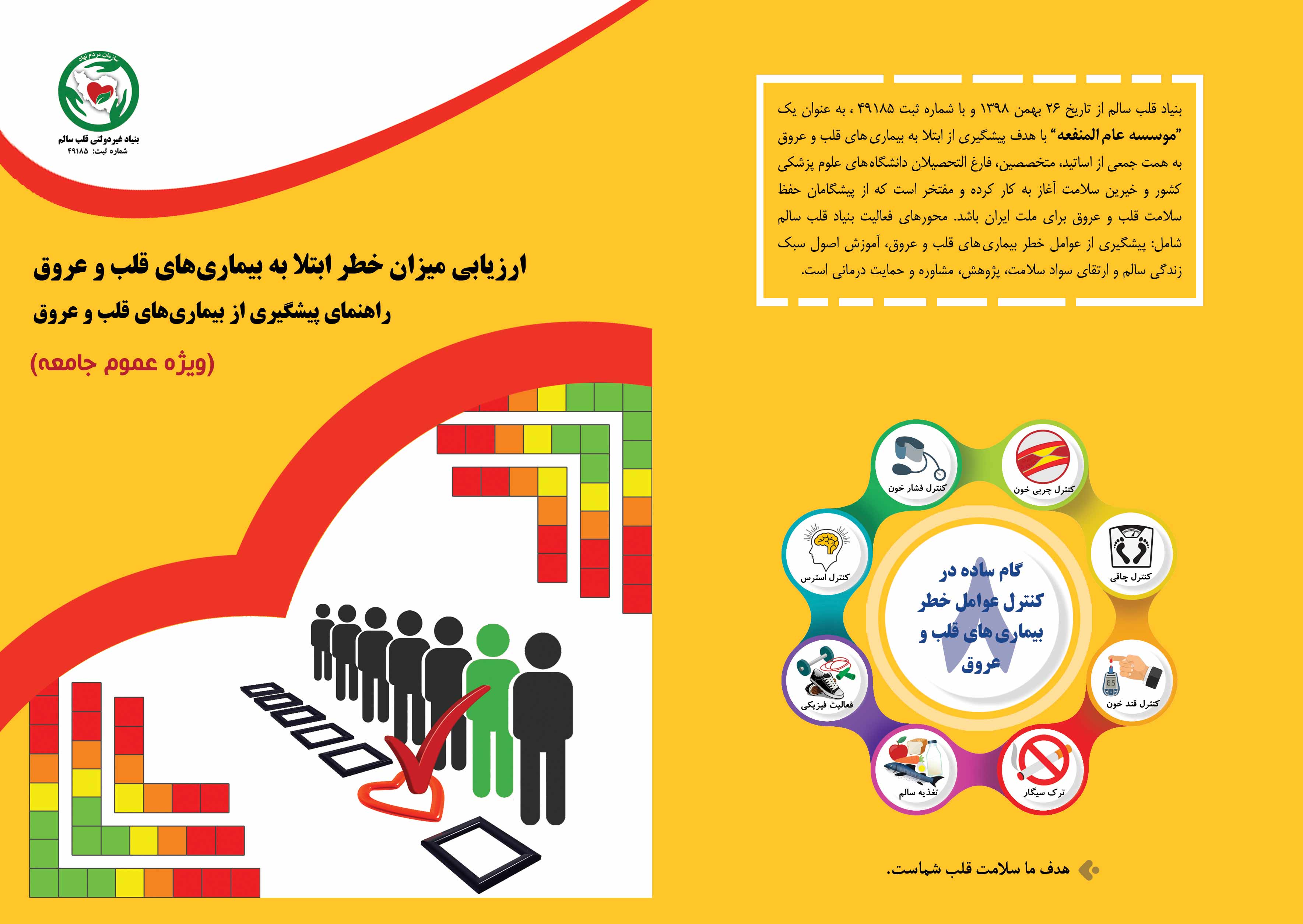

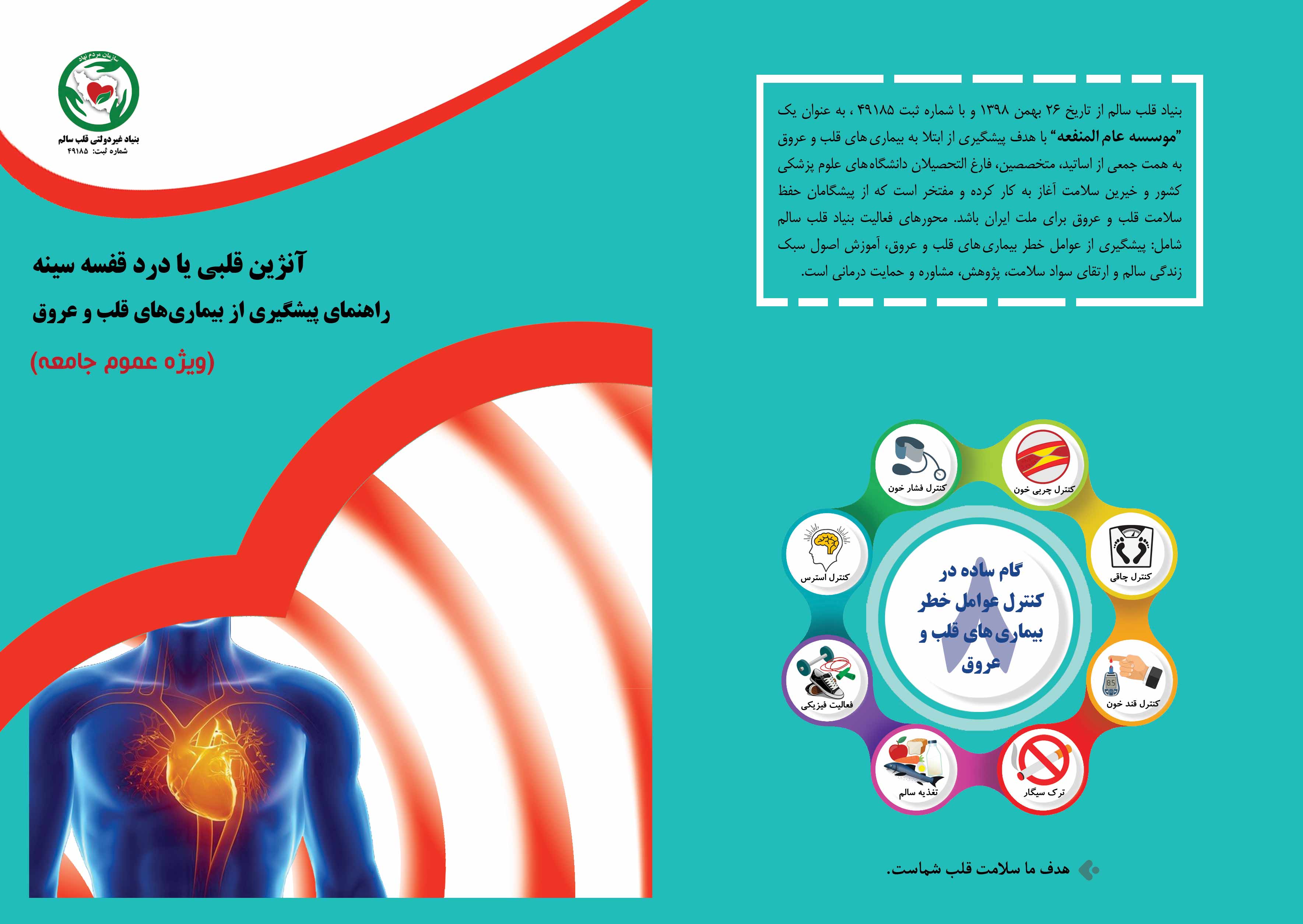
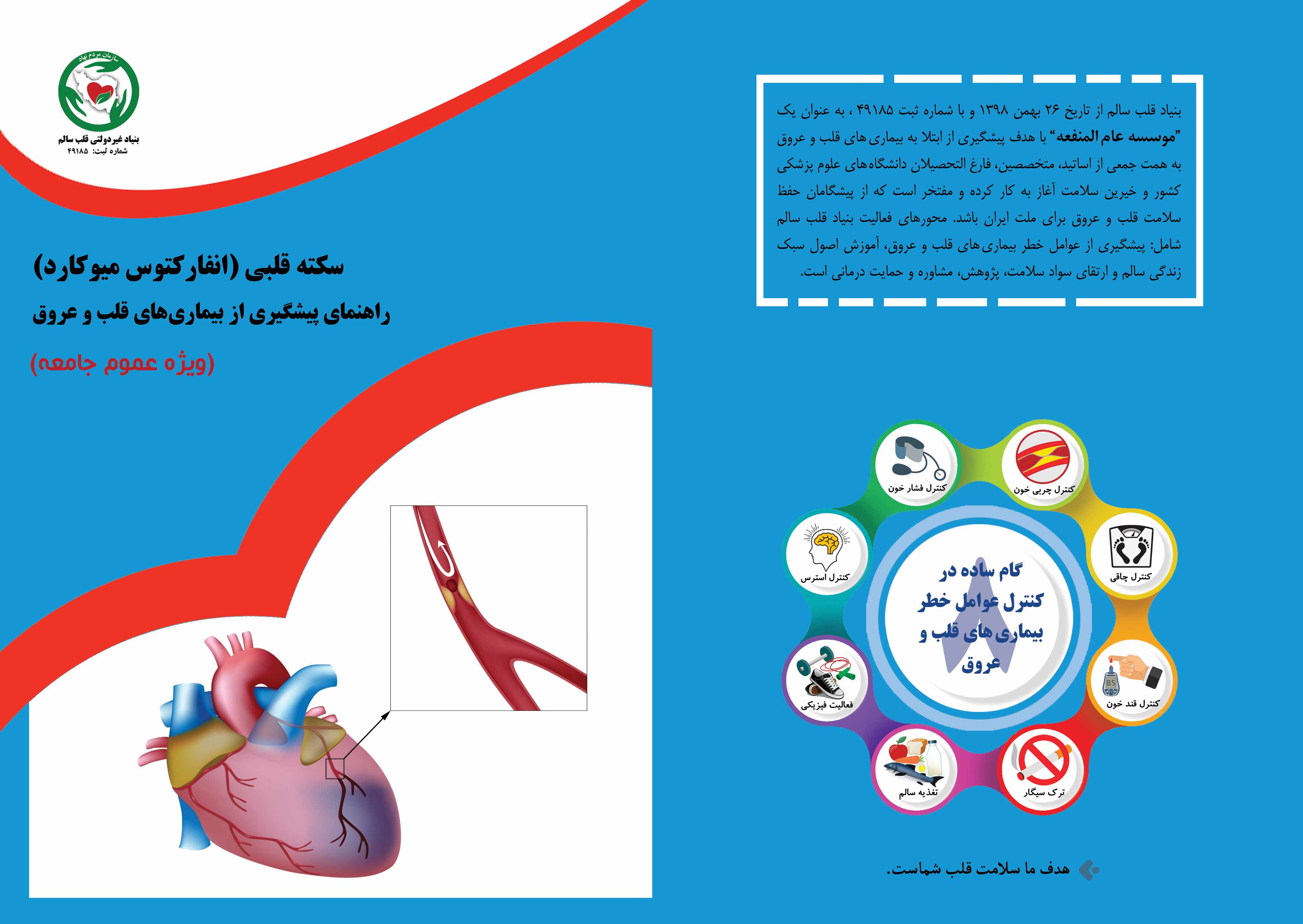
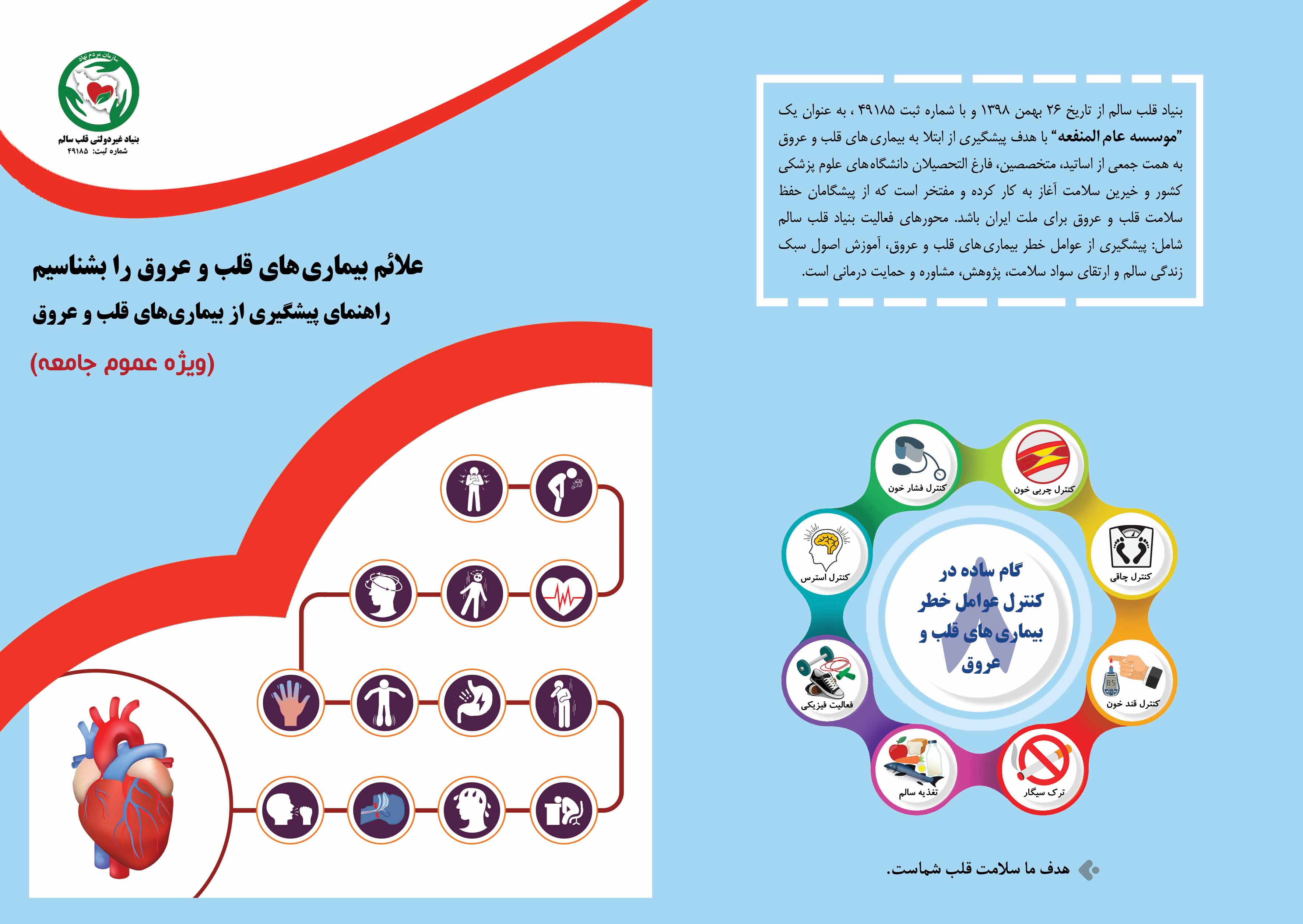

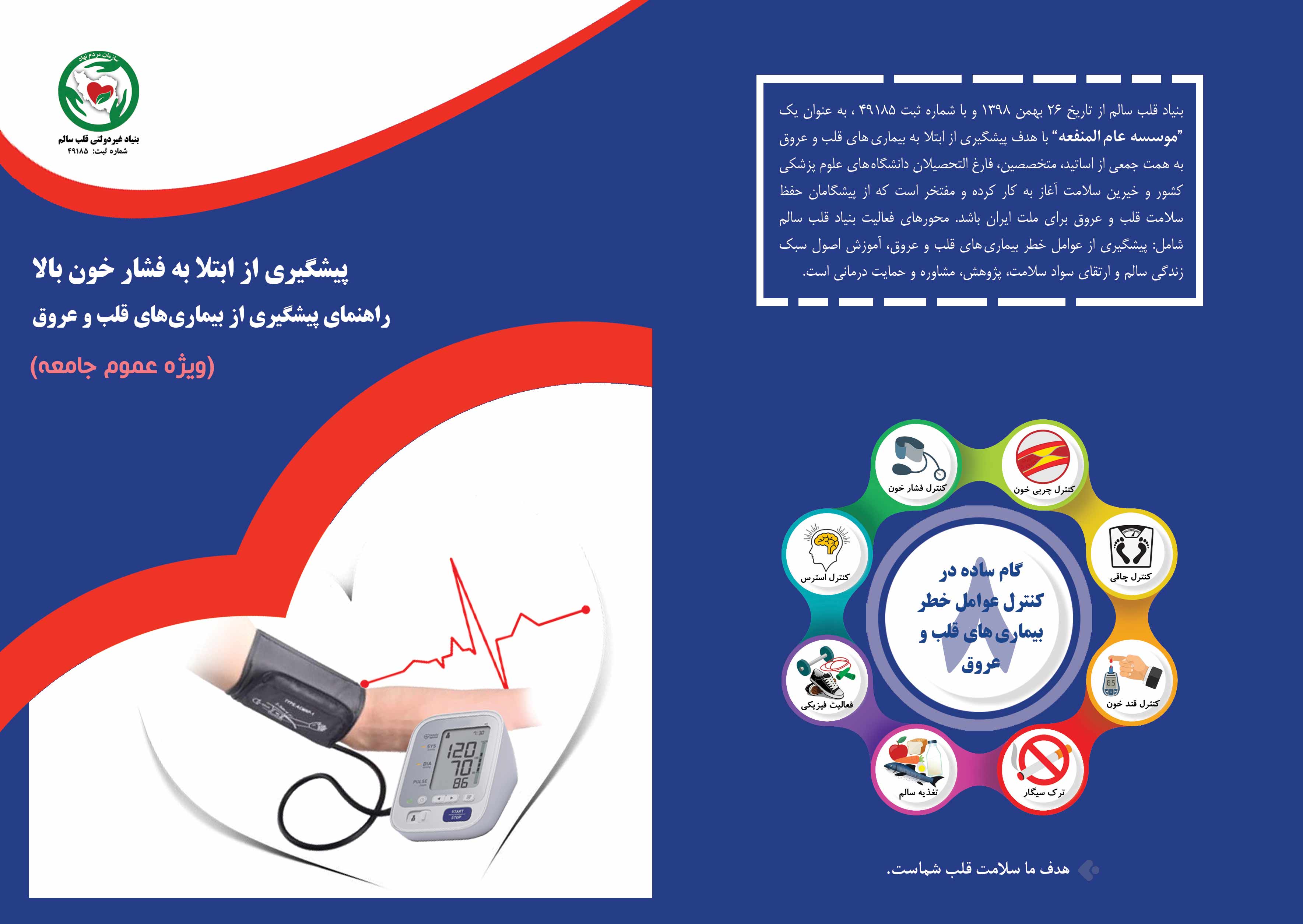
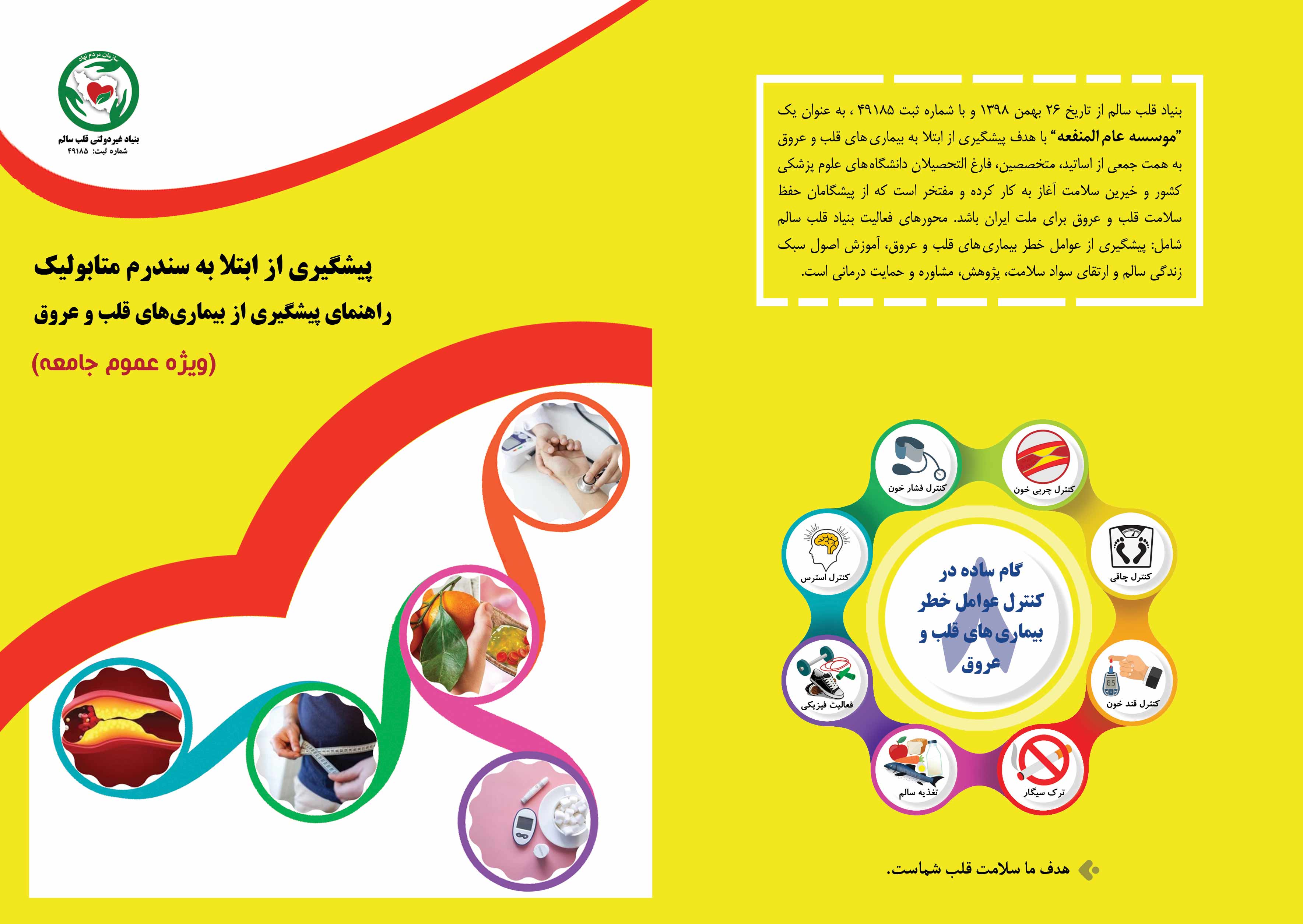
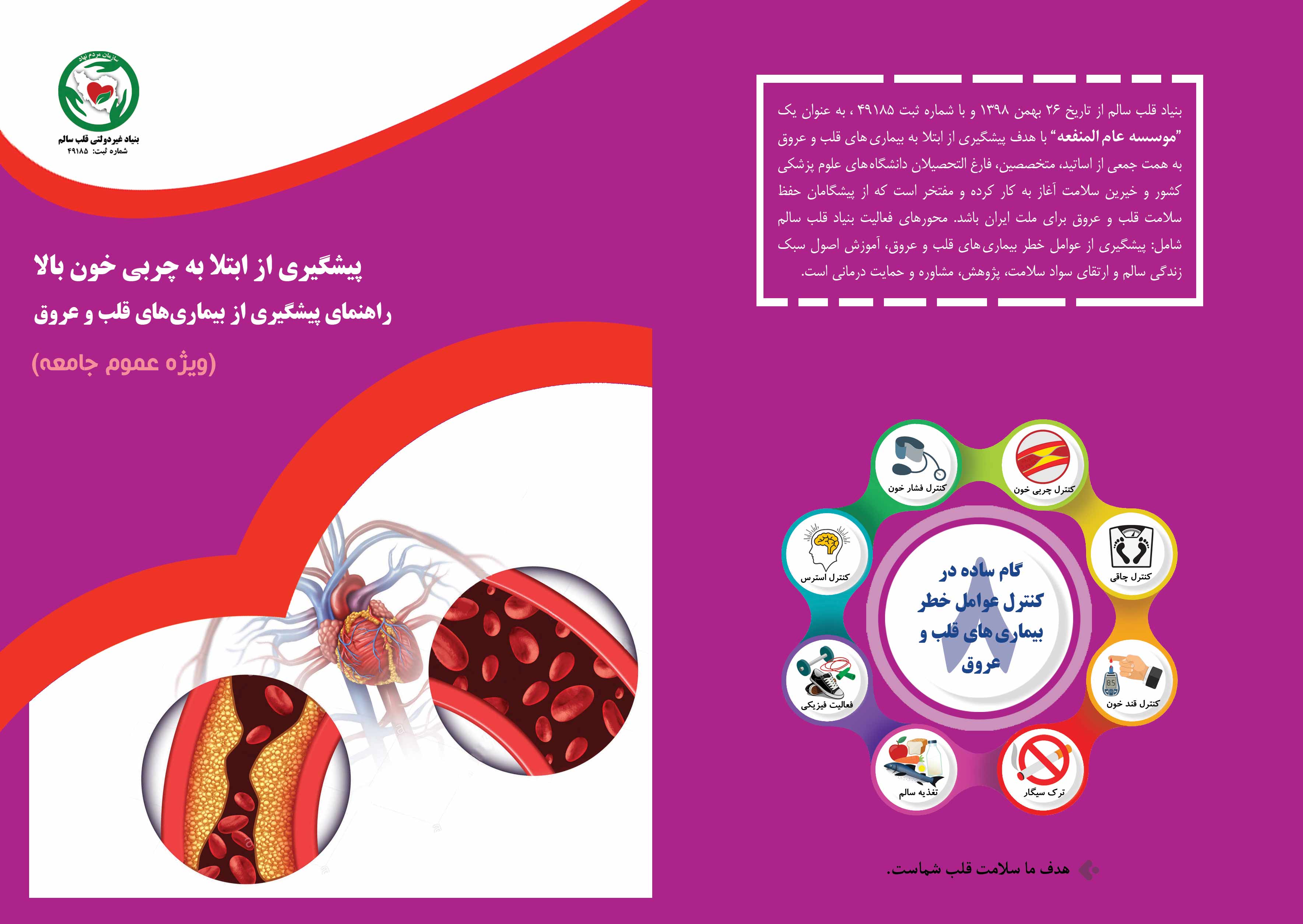
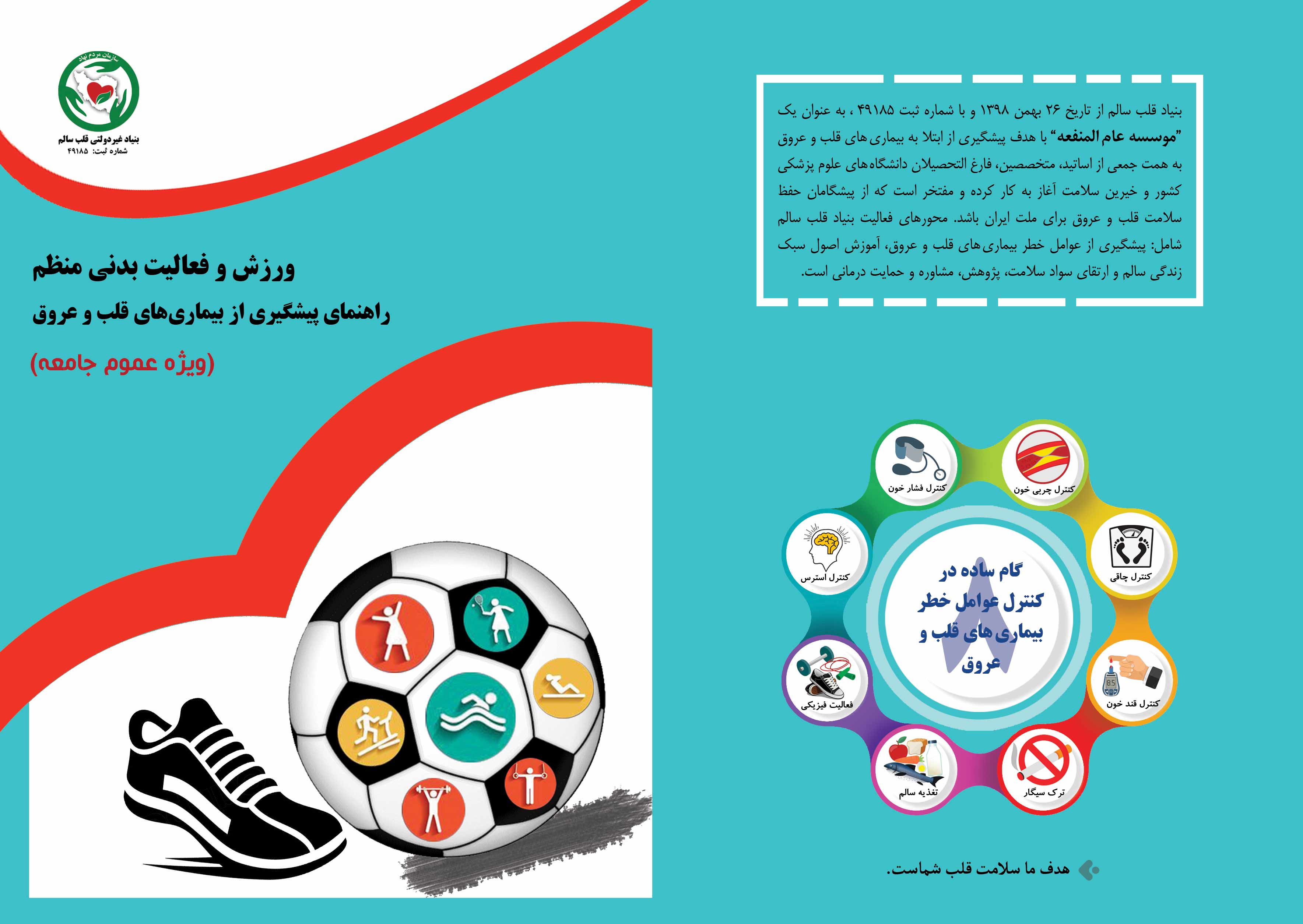


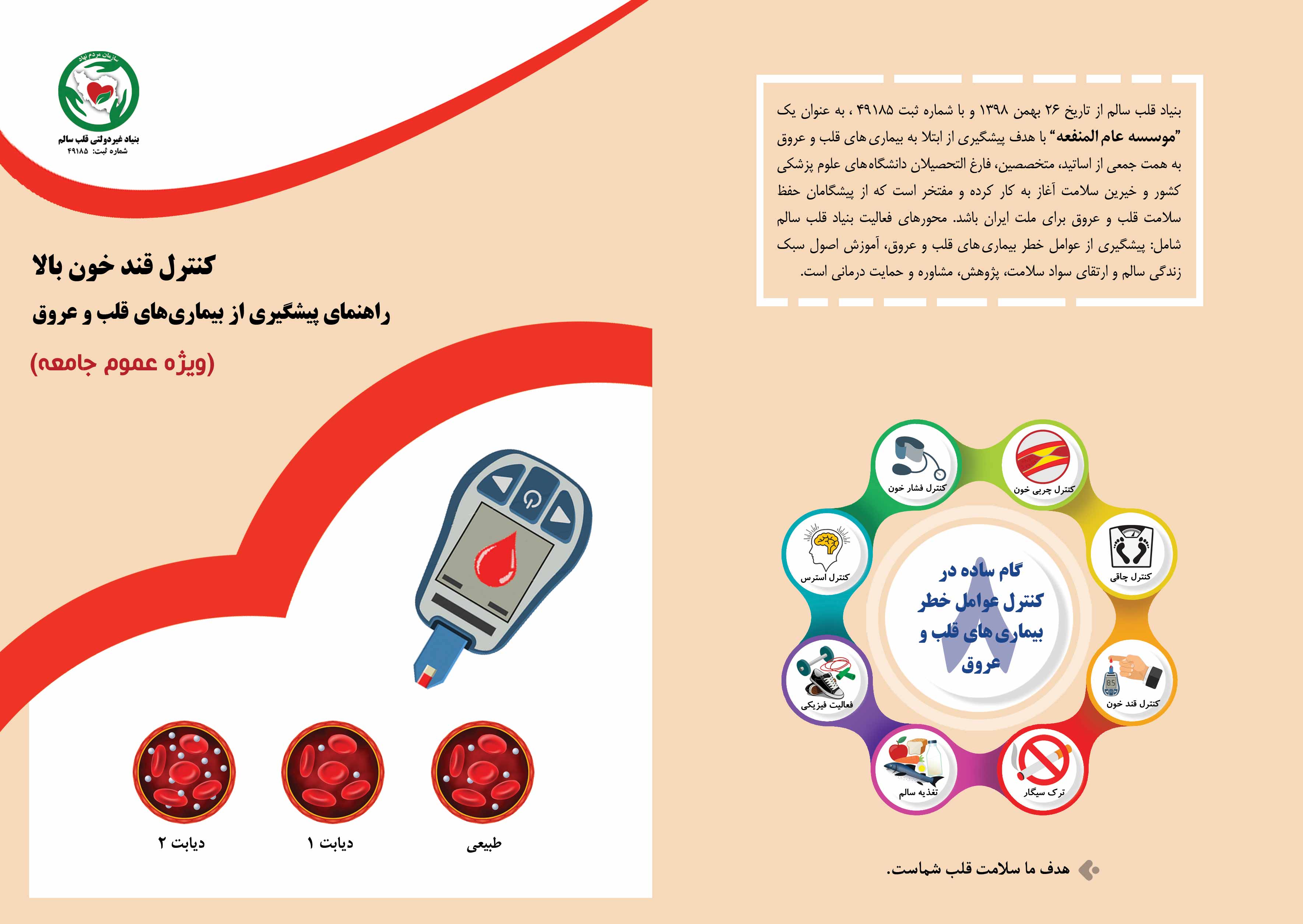
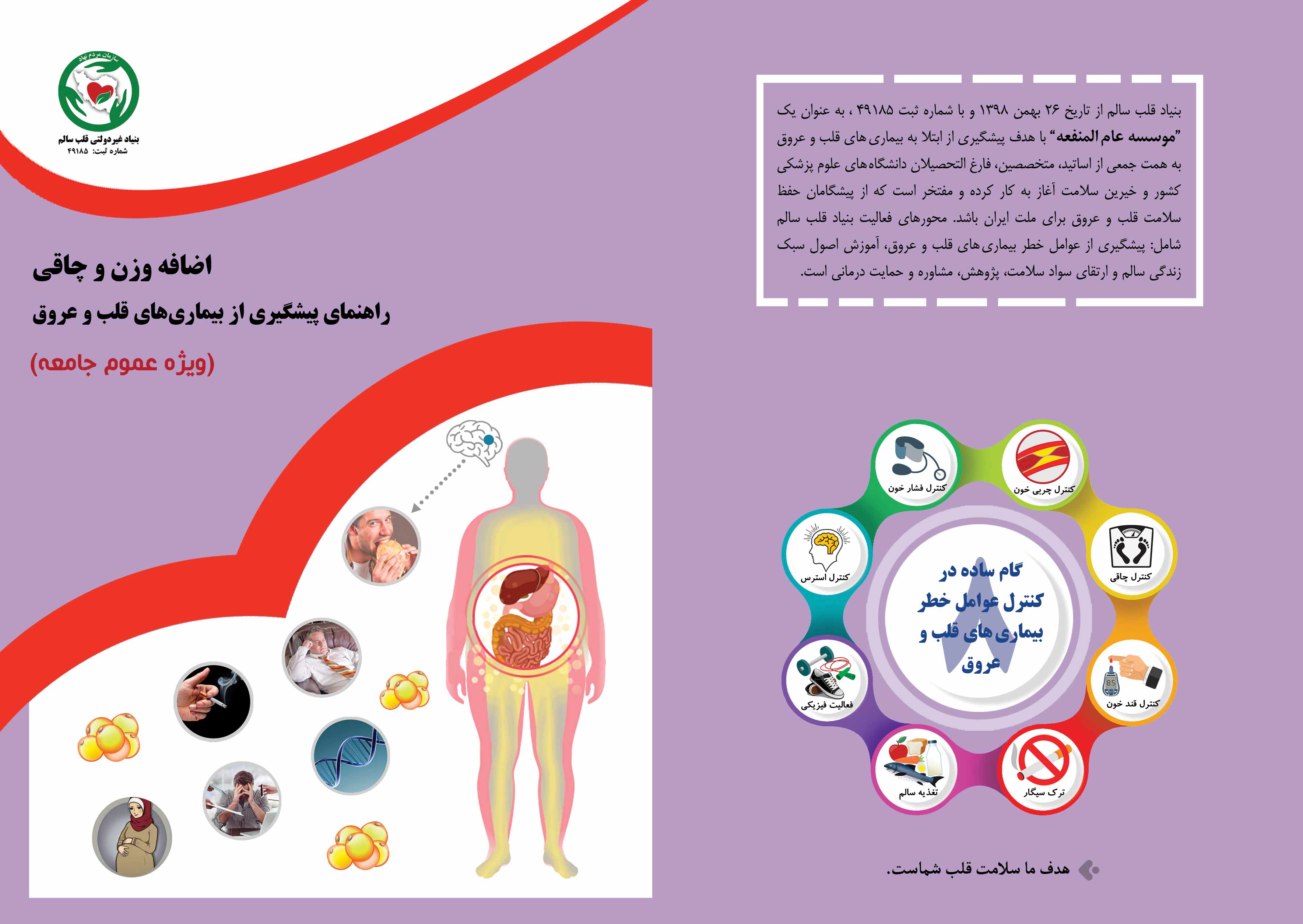

.png)
.png)
ارسال نظر